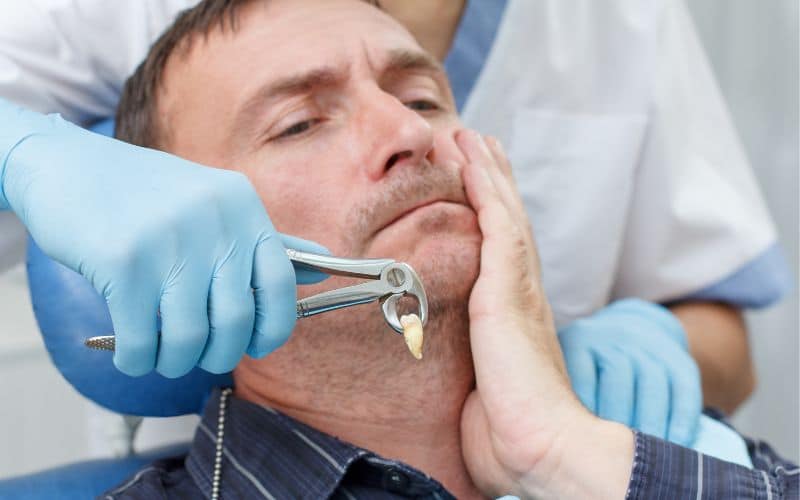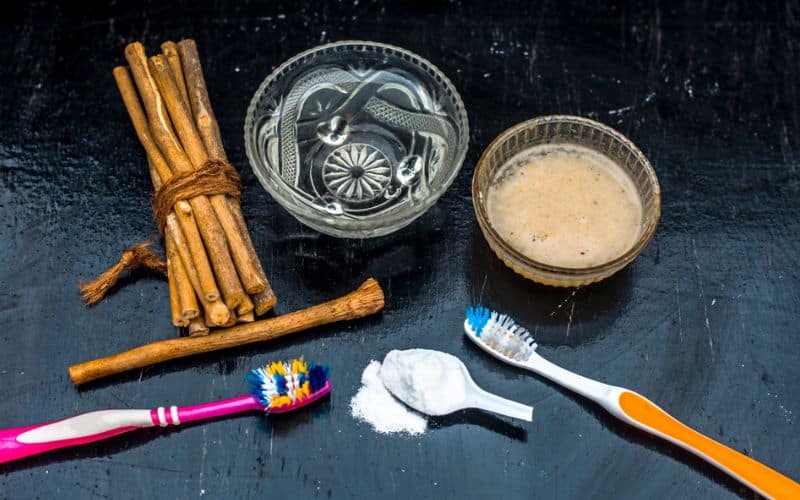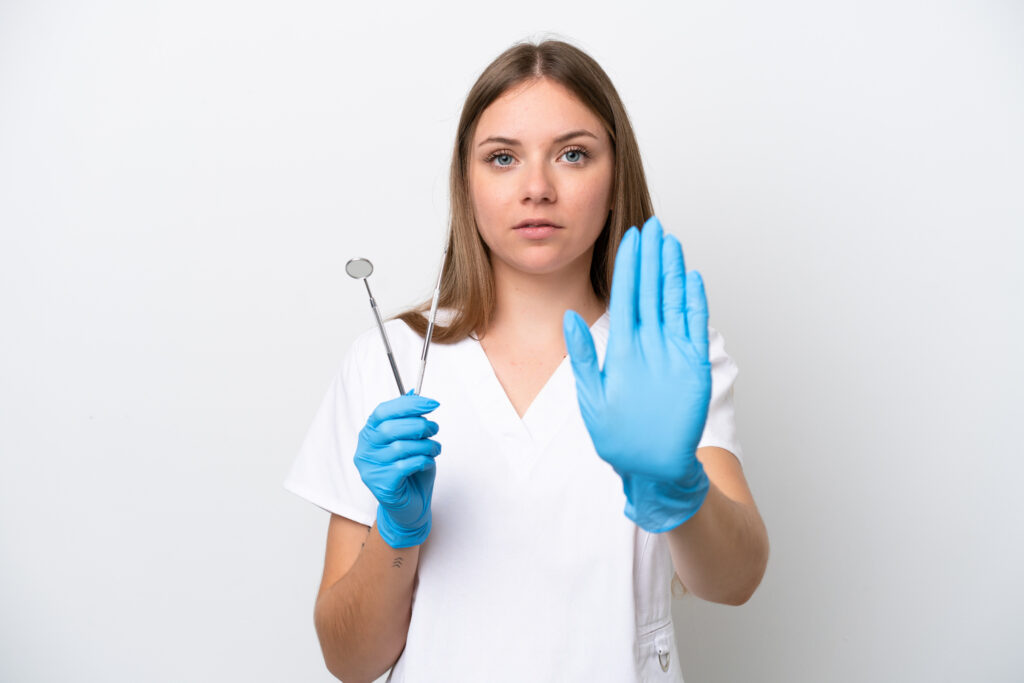Teeth can break for a variety of reasons, and they can be difficult to repair. While a dentist will do everything they can to save a broken tooth, there are some situations when it’s best to have it removed.
Many patients are scared of having a broken tooth extracted. The good news is that extractions are routine and are a quick procedure.
Impacted Tooth
When a tooth breaks below the gum line, it’s called an impacted tooth. Impacted teeth can be a pain in the neck and jaw. These teeth can also cause other health issues such as infection and cysts.
The dentist will check for signs of an impacted tooth with dental x-rays. They will then decide if the tooth can be repaired or if it needs to be removed. They will probably need to extract the broken tooth and replace it with a dental bridge or implant.
Tooth extractions are a common dental procedure. It’s usually done under local anesthetic or sedation depending on your medical history. To make the process as comfortable as possible, your dentist will place a piece of gauze over the extraction site and ask you to apply pressure over it. This will slow the bleeding and promote a blood clot to form.
After the procedure, you can use over-the-counter painkillers to ease your discomfort. Be sure to follow your dentist’s post-extraction care instructions, including not drinking through a straw. The suction created by the straw can disturb the clot that forms in the socket where your tooth was. This will cause the tooth to heal more slowly and can lead to a painful condition known as dry socket. It’s also important to arrange for someone to drive you home after the procedure since you will be sedated.
Loose Tooth
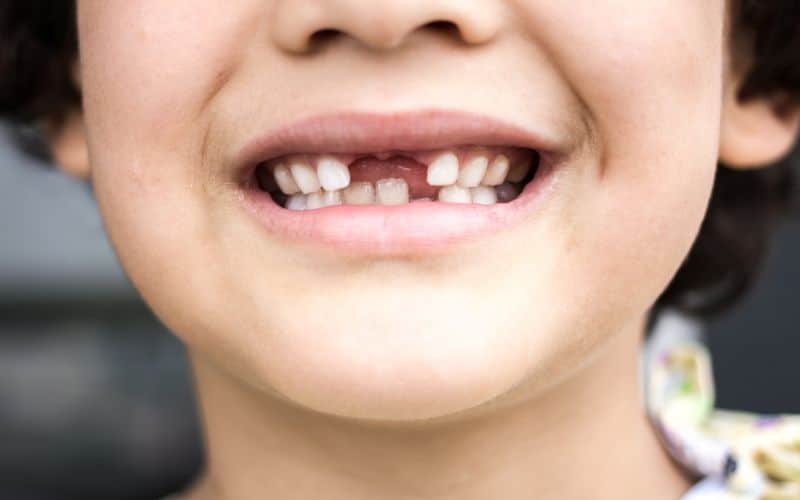
Unlike the loose tooth many of us experience as children that was replaced by a Tooth Fairy gift, this type of adult tooth damage is not usually so easy to fix. The best way to prevent this is to maintain good oral hygiene and schedule regular dental exams and cleanings so that dentists can find and fix any problems early on.
Teeth that are only slightly loose will often tighten up on their own if there has been no significant nerve, tissue, or bone damage to them. In some cases, your dentist may recommend a procedure called splinting where a small metal piece is placed between the tooth and its neighboring teeth to stabilize it as the ligament and bone heal. Another option is a bite adjustment where the dentist uses a tool to reshape the biting surface of your teeth to reduce the amount of pressure they are under from grinding and clenching your teeth.
If your tooth is severely loose, your dentist will likely recommend that you get it extracted. This is because the longer you leave a broken tooth in your mouth, the greater the chance that it will become infected or even worse, break further. This is because the roots of your teeth are connected to the surrounding teeth and jawbones to keep them in place, so if one breaks it can cause the other teeth to shift, potentially damaging your smile.
Cracked Tooth
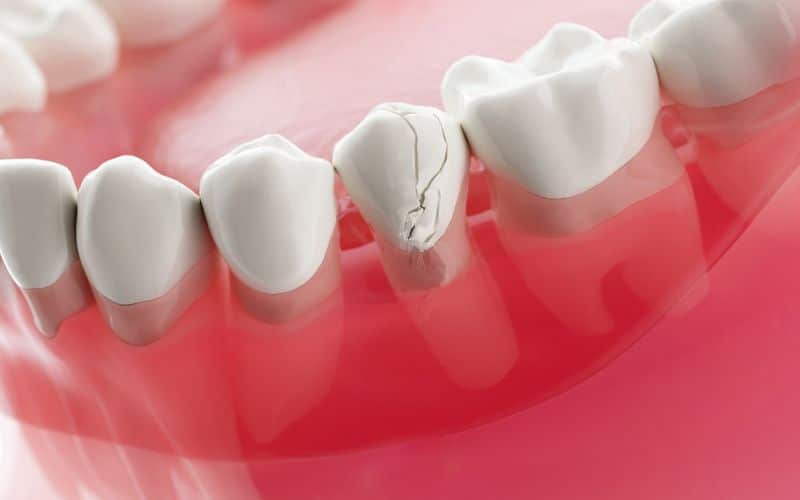
A cracked tooth is usually a dental emergency and needs to be seen by a dentist right away. The dentist will x-ray the tooth to see the severity of the crack and determine whether they can save the tooth. The dentist will ask the patient about their history of grinding teeth, chewing on hard foods or ice, and any trauma they have experienced. They will also run a dental explorer around the tooth to feel for any cracks and use a staining dye to make the cracks more visible.
Symptoms of a cracked tooth include pain that comes and goes, sensitivity to temperature changes, and difficulty chewing or eating. If the crack extends to the root, it can cause infection. In this case, the dentist will need to extract the tooth.
It is important to visit your dentist regularly for cleanings and exams so they can catch problems like cracks early. Chewing on hard foods, biting down with force, and bruxism (grinding of the teeth) can all lead to broken teeth. A cracked tooth that is not treated will worsen and eventually break into more pieces. This can be an emergency and require more invasive treatment to remove the cracked tooth. If there is not enough of the tooth left, the dentist may need to extract it completely.
Broken Tooth
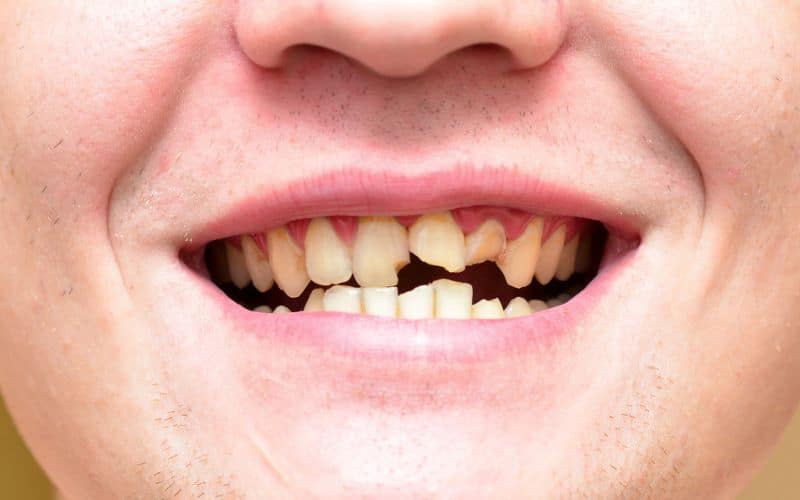
Tooth fractures are a common dental problem, but they can often be repaired if you see a dentist right away. A fractured tooth can be as minor as a chip in the enamel layer, or it could extend deeper into the dentin and pulp, where bacteria can cause infection and pain. Broken teeth often result from trauma such as sports injuries, car accidents or blows to the face. However, they can also be caused by habit such as biting down on hard foods or chewing ice. Teeth that are already weakened by large fillings, root canal treatments or old restorations (crowns) are more likely to crack.
A bad break can leave the tooth exposed to bacteria and infections that can spread to your gums, sinuses, jawbones or lungs. It may also be a contributing factor to other dental problems such as swollen gums, pressure sensitivity or constant pain when chewing. Infections in a cracked tooth can be more severe than those in a loose tooth because the tooth is held in place by the surrounding teeth, making it difficult for your mouth to close properly. Typically, your dentist will try to repair the broken tooth by crowning or capping it, but severe breaks and untreated cracked teeth can lead to a need for extraction. This process can be accomplished under a local anesthetic or sedation if necessary.

